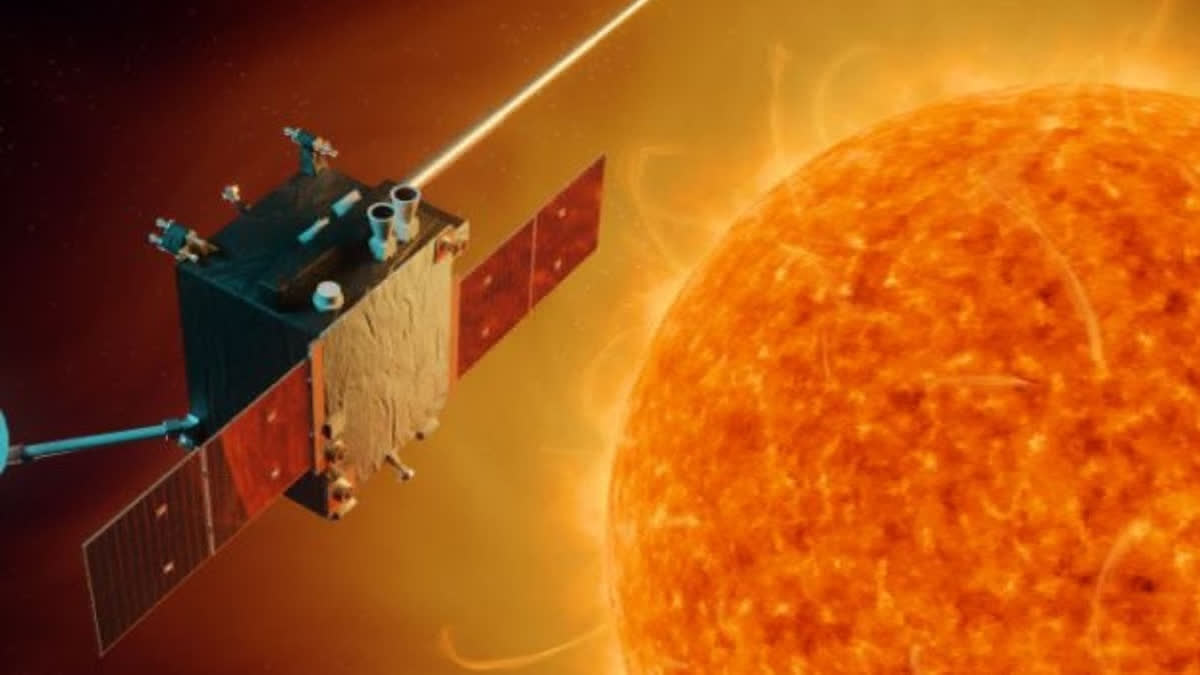Chennai: As the countdown has commenced for Saturday's lift-off of the country's maiden solar mission, Aditya L1, the place from where it will study the sun is of great significance. Riding on ISRO's space warhorse PSLV, it will be ultimately placed at Lagrange Point 1, about 1.5 million km from the Earth.
"The Lagrange point 1, lies between the sun and the earth, offering an uninterrupted view of the sun 24X7 365. Being closer to Earth, the communication and manoeuvrability of the spacecraft is easier. Other points such as L3 and L4, though desirable and stable places for the probe, are far off. L5, which remains behind the sun, is even farther," says Ebenezer Chellasamy, head of the Kodaikanal-based Solar Observatory of the Indian Institute of Astrophysics.
Named in honour of the late 18th century Italian-French mathematician-astronomer Joseph-Louis Lagrange, the Lagrange points are positions in space where the gravitational force of two entities like the sun and earth attract and repulse facilitating a spacecraft to orbit in a constant pattern. According to Chandrayan 1 Mission Director Mayilsamy Annadurai, "the attraction and repulsion being equal provides the necessary conditions for a spacecraft to be in orbit and carry out the study of the sun.”
There are five Lagrange points for every planet in the solar system or for any two objects in space. For the sun from the earth, there are L1, L2, L3, L4 and L5. Of these, the first three lie in the line connecting the sun and earth. But, L3 always remains always hidden behind the sun, hence not considered. L2, remaining behind the earth, is ideal for deep space research and is the future home for the James Webb Telescope. And, L1 where Aditya is destined to reach is already home to SOHO – Solar and Heliospheric Observatory satellite. L4 and L5, though stable positions, face the threat of asteroids, called trojans.
“For Aditya to reach L1, which is 1.5 million km away, has to take 109 to 120 days during which it has to face many challenges. It can be reached within 20 days in a straight path at the speed of 40000 km, for which more fuel is necessary. Further, moving at such speed would also demand a repulsive force to station the spacecraft at the intended location. As such, the slingshot method of Aditya makes it safe from any collision with space junks,” explains Ebenezer.
Also read: Expert: ISRO's proposed positioning of Aditya-L1 will help study sun without interruptions



